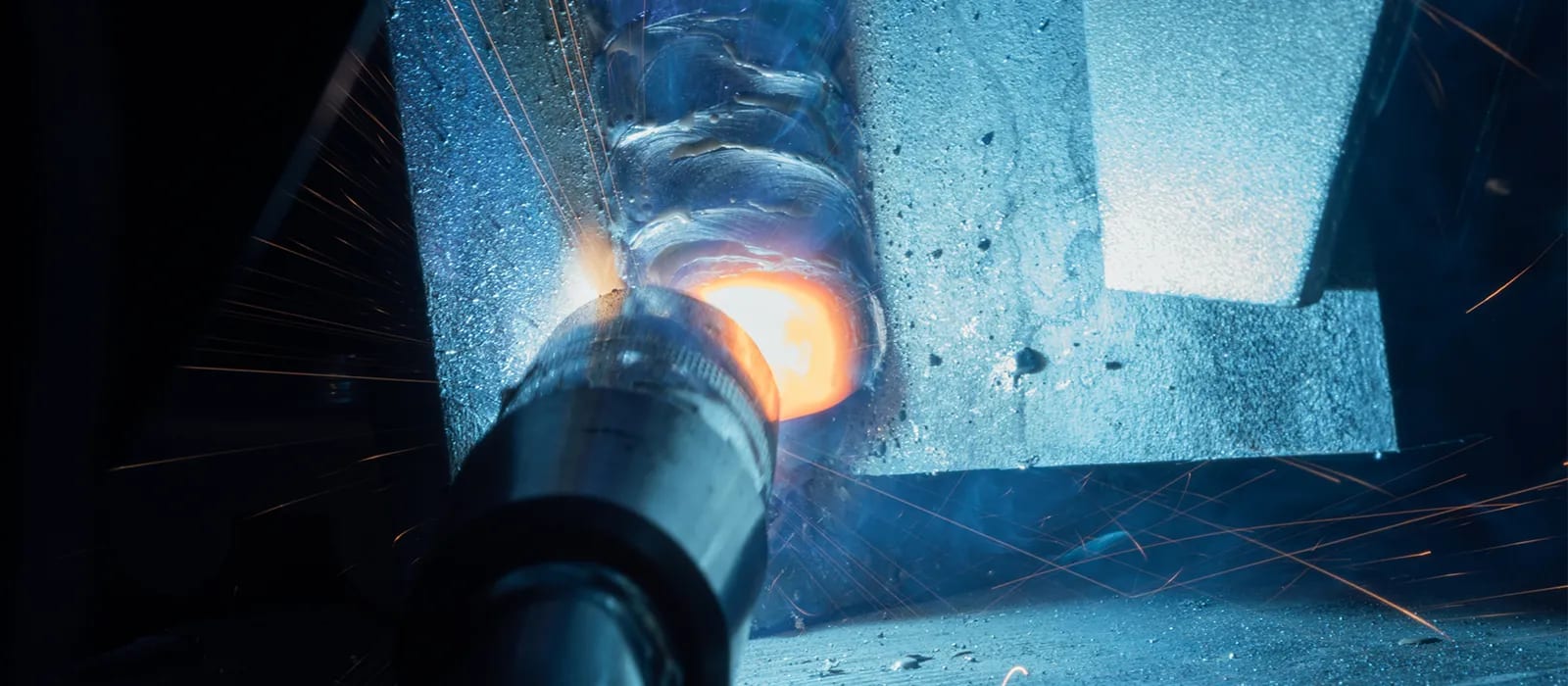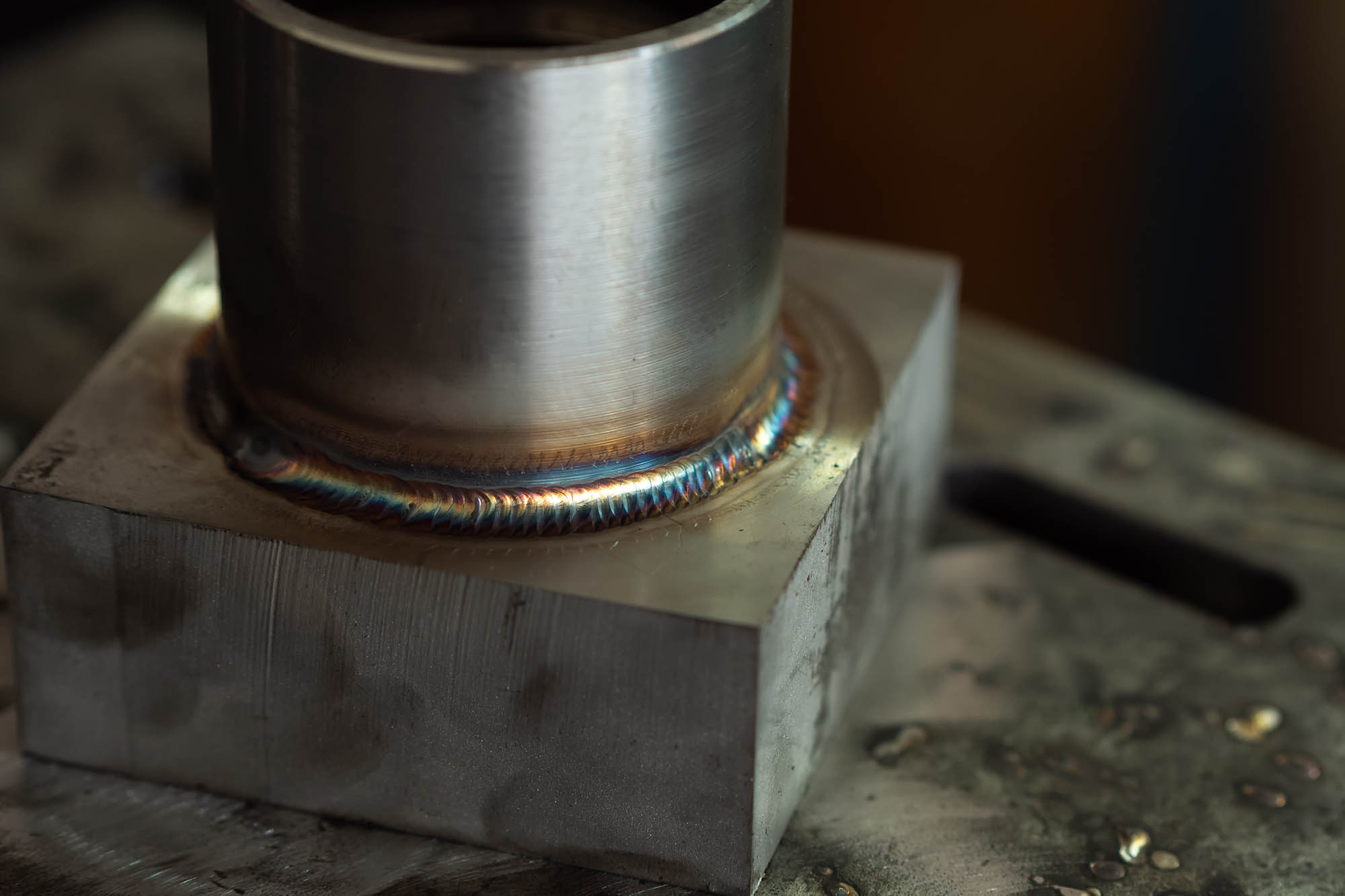What is Porosity in Welding: Secret Aspects and Their Effect On Weld High Quality
Understanding Porosity in Welding: Checking Out Causes, Impacts, and Avoidance Techniques
As experts in the welding sector are well conscious, recognizing the causes, impacts, and prevention techniques related to porosity is important for accomplishing robust and dependable welds. By delving right into the origin causes of porosity, analyzing its detrimental results on weld high quality, and checking out reliable avoidance strategies, welders can boost their expertise and skills to produce high-grade welds constantly.
Common Reasons of Porosity
Contamination, in the kind of dirt, oil, or corrosion on the welding surface area, develops gas pockets when heated up, leading to porosity in the weld. Incorrect protecting takes place when the securing gas, generally used in processes like MIG and TIG welding, is unable to fully protect the liquified weld swimming pool from responding with the surrounding air, resulting in gas entrapment and subsequent porosity. Additionally, insufficient gas protection, commonly due to inaccurate flow rates or nozzle positioning, can leave components of the weld unguarded, enabling porosity to develop.
Results on Weld Top Quality
The visibility of porosity in a weld can significantly compromise the total top quality and honesty of the bonded joint. Porosity within a weld produces gaps or cavities that weaken the framework, making it extra at risk to breaking, rust, and mechanical failing. These gaps serve as stress concentrators, decreasing the load-bearing ability of the weld and increasing the chance of early failing under applied stress. Additionally, porosity can also function as possible sites for hydrogen entrapment, more intensifying the destruction of the weld's mechanical homes.
Furthermore, porosity can impede the performance of non-destructive screening (NDT) strategies, making it challenging to spot other problems or interruptions within the weld. This can bring about considerable security issues, especially in essential applications where the architectural honesty of the bonded components is paramount.

Avoidance Techniques Overview
Provided the destructive impact of porosity on weld quality, effective prevention techniques are vital to maintaining the architectural stability of bonded joints. Among the key avoidance techniques is complete cleaning of the base materials before welding. Impurities such as oil, grease, corrosion, and wetness can add to porosity, so guaranteeing a tidy job surface is important. Proper storage space of welding consumables in dry conditions is also important to stop wetness absorption, which can cause gas entrapment throughout welding. In addition, selecting the appropriate welding specifications, such as voltage, present, and travel rate, can aid lessen the risk of porosity development. Making certain appropriate protecting gas flow and insurance coverage is one more important prevention strategy, as insufficient gas protection can lead to climatic contamination and porosity. Correct welder training and certification are vital for carrying out preventive procedures efficiently and consistently. By incorporating these avoidance techniques right into welding methods, the occurrence of porosity can be dramatically lowered, leading to more powerful and much more reliable welded joints.
Value of Correct Shielding
Proper securing in welding plays a critical role in preventing atmospheric contamination and making sure the integrity of welded joints. Securing gases, such as argon, helium, or a blend of both, are generally utilized to secure the weld pool from responding with aspects airborne like oxygen and nitrogen. When these responsive elements come right into contact with the hot weld pool, they can create porosity, causing weak welds with lowered mechanical residential or commercial properties.

Inadequate securing can lead to numerous problems like porosity, spatter, and oxidation, endangering the architectural integrity of the welded joint. Sticking to appropriate shielding practices is crucial to produce top quality welds with marginal problems and make certain the durability and integrity of the welded elements.
Surveillance and Control Methods
How can welders efficiently keep track of and control the welding procedure to make sure ideal results and protect against flaws like porosity? By continuously keeping an eye on these variables, welders can recognize variances from the ideal problems and make immediate adjustments to stop porosity development.

Furthermore, executing correct training programs for welders is vital for keeping track of and managing the welding process successfully. What is Porosity. Informing welders on the significance of maintaining regular specifications, such as correct gas securing and travel rate, can aid prevent porosity issues. Regular evaluations and certifications can likewise make certain that welders are skillful in surveillance and managing welding procedures
In addition, using automated welding systems can enhance monitoring and control capabilities. These systems can precisely manage welding criteria, decreasing the possibility of human mistake and making sure constant weld Check Out Your URL quality. By integrating advanced surveillance modern technologies, training programs, and automated systems, welders can successfully keep an eye on and control the welding procedure to reduce porosity defects and attain premium welds.
Verdict
